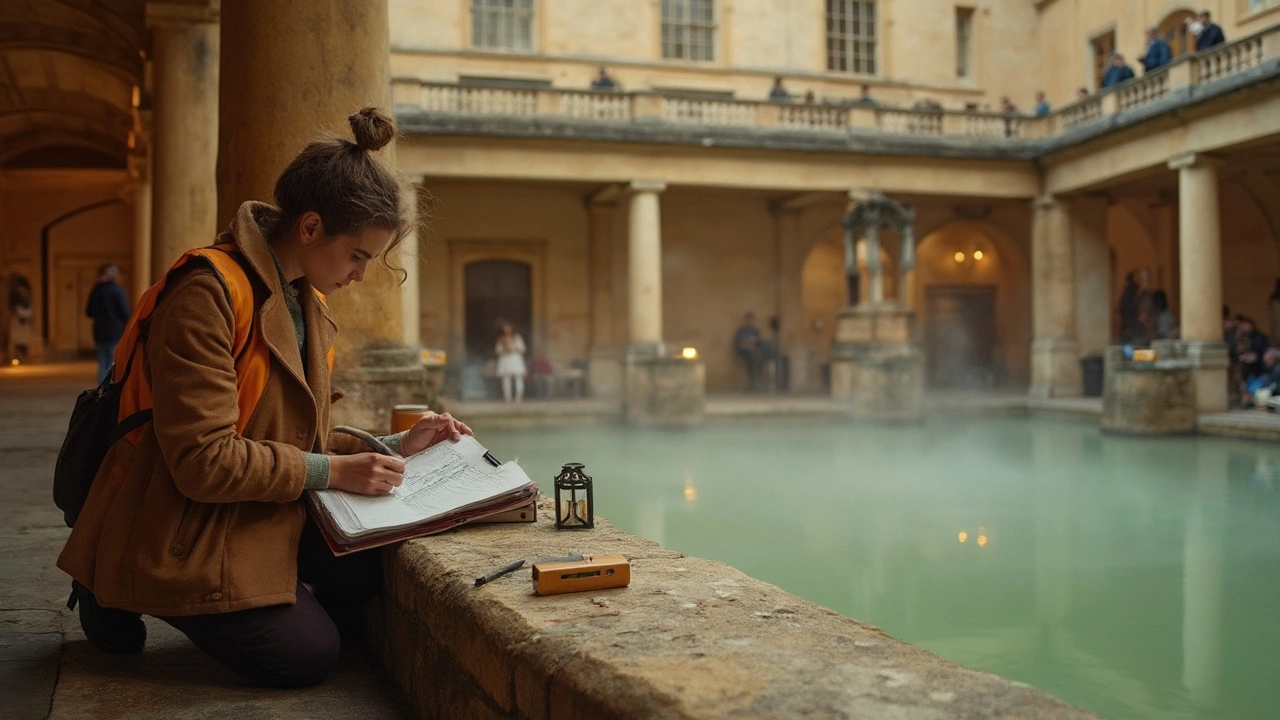Why Roman arches, concrete, and planning still set the standard. A clear guide with examples, checklists, and FAQs to read ruins and learn from Roman design.
Arches and Domes: The Basics Every Architecture Fan Should Know
If you’ve ever walked under a stone bridge or gazed up at a grand cathedral ceiling, you’ve experienced the power of arches and domes. These two shapes have been the backbone of building design for thousands of years because they’re strong, beautiful, and surprisingly simple to understand.
Why Arches Work So Well
An arch is basically a curved beam that spreads weight outward and down into its supports. That means you can span wide openings without needing massive walls. The Romans perfected the voussoir technique—cutting stone blocks to fit together like puzzle pieces—and built the Colosseum’s iconic arches that still stand today.
If you’re DIY‑handy, try a simple wooden arch for a garden gate. Measure two equal lengths for the legs, cut a 30‑degree angle at each end, and join them with a keystone piece. The key is to make sure the forces flow straight into the ground; otherwise the arch will wobble.
Domes: Turning Arches Into Spheres
A dome is essentially a series of arches rotated around a central point. This creates a shell that can cover huge interior spaces—think Pantheon’s 43‑meter span or modern sports arenas. Domes work because each arch supports the next, spreading loads evenly across the whole structure.
Building a small dome at home? Start with a geodesic pattern: cut struts to equal lengths, connect them in triangles, and cover the frame with plywood or fabric. The geometry does most of the heavy lifting; you just need accurate cuts and sturdy joints.
Both arches and domes come in many flavors—pointed Gothic arches for height, flat segmental arches for a subtle look, ribbed domes for extra strength, and thin-shell concrete domes for ultra‑light roofs. Choosing the right type depends on your design goals: aesthetics, span length, material availability, or budget.
When planning a project, ask yourself these quick questions:
- What is the opening width? Bigger spans usually need a true arch or a dome rather than a flat lintel.
- Which material am I using? Stone works best with classic Roman arches; steel lets you push limits with slimmer profiles.
- Do I need interior space underneath? Domes create open, column‑free rooms perfect for auditoriums or atriums.
Modern architects still lean on these ancient tricks. From eco‑friendly earth‑bag arches in sustainable housing to 3D‑printed concrete domes that reduce material waste, the fundamentals stay the same while technology adds new possibilities.
So next time you see a sweeping curve overhead or a doorway with a graceful rise, remember: it’s not just pretty—it’s engineering at its most elegant. Mastering arches and domes gives you a toolbox for creating strong, timeless spaces that feel both historic and fresh.

